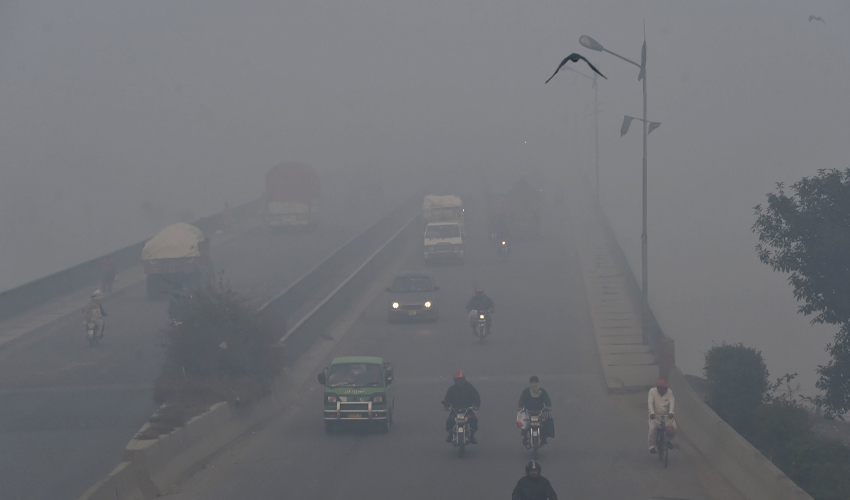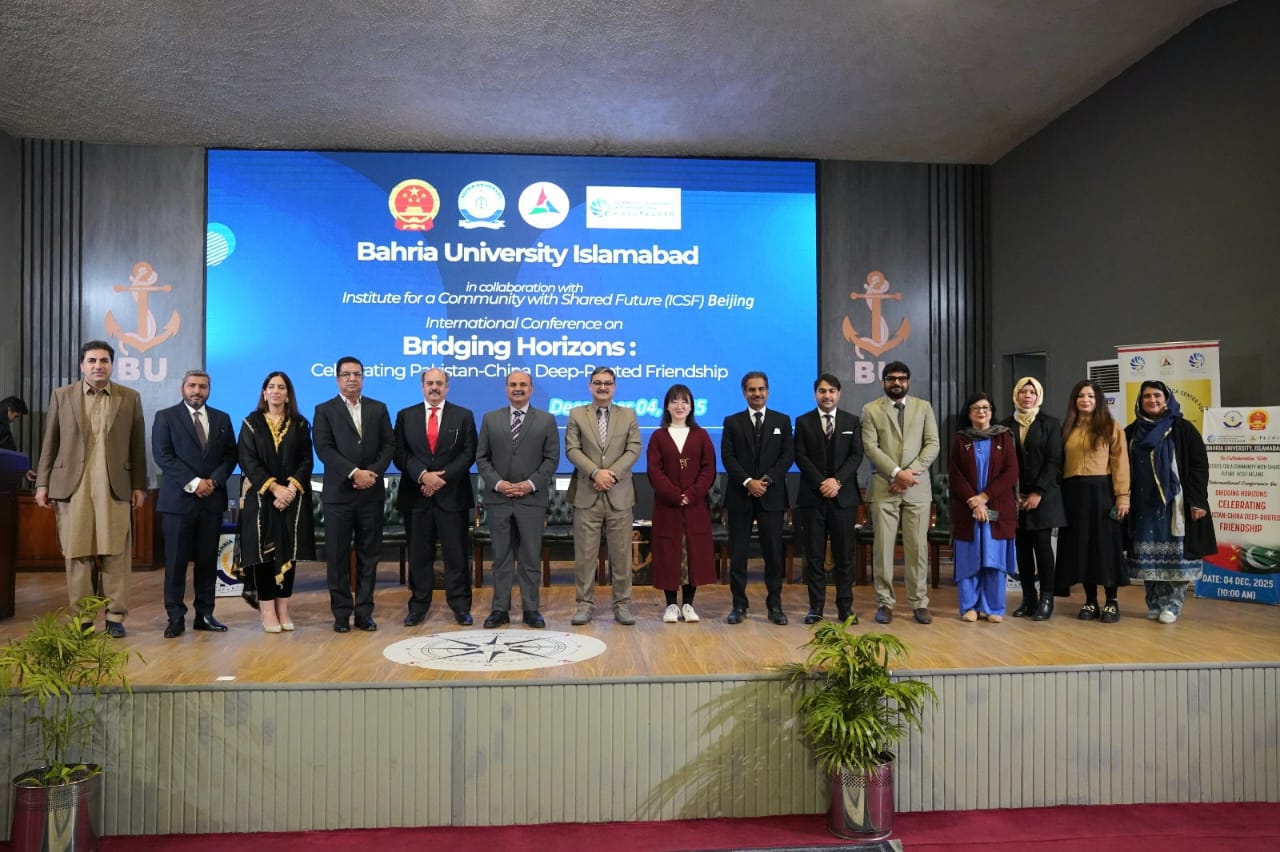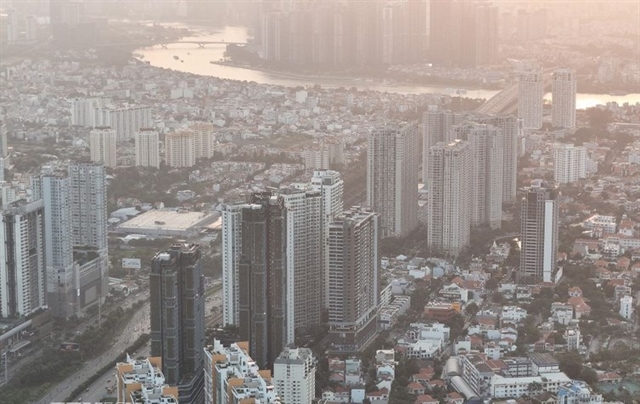Lahore, November 3, 2024 – The Europe Today: The provincial capital of Punjab, Lahore, experienced a critical spike in air pollution levels on Sunday, topping the global pollution charts with an Air Quality Index (AQI) surpassing 1,000. This hazardous air quality level poses severe health risks to residents and has heightened concerns for the authorities struggling to manage the city’s escalating smog crisis.
Data from the Swiss pollution monitoring service IQAir showed Lahore’s AQI hitting a staggering 1,073 at 10:45 a.m., with readings peaking at 1,194 before reducing slightly to 766 by noon. These levels place Lahore far beyond the safety thresholds set by global health standards, emphasizing an urgent environmental and public health crisis.
One of the most harmful pollutants recorded, PM2.5—a microscopic particulate matter capable of penetrating deep into the lungs and causing significant health damage—measured at 613, over 122 times the World Health Organization’s (WHO) recommended safe limit. This level of PM2.5 indicates severe air toxicity that can lead to respiratory illnesses, cardiovascular issues, and other health risks, especially for vulnerable populations.
The Punjab administration has been grappling with various measures to combat the persistent smog, though the recent spike underscores the need for more stringent interventions. Current efforts include limiting vehicular emissions, industrial output, and crop residue burning. However, as the smog continues to plague the city, further action is deemed essential to prevent longer-term health consequences and environmental damage.
Lahore’s smog crisis not only challenges the local governance but also highlights broader issues of climate change and air quality management in rapidly urbanizing regions. As residents face continued exposure to harmful air, the urgency for sustainable solutions and regulatory enforcement grows. Authorities are expected to intensify efforts and explore collaborative strategies to bring Lahore’s AQI down to safer levels, aligning with public health priorities and environmental sustainability goals.












